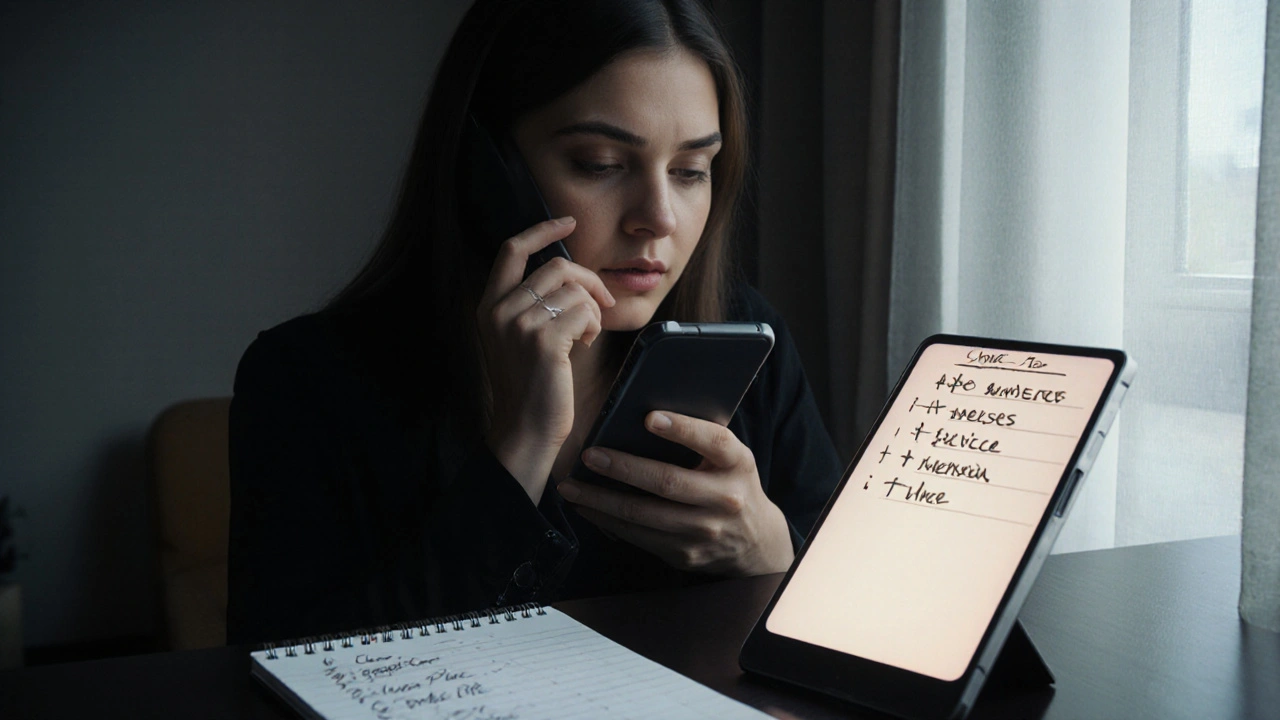Sex Work Safety: Real Strategies for Protection, Privacy, and Survival
When we talk about sex work safety, the practical measures sex workers take to protect their physical, financial, and digital well-being while doing their work. Also known as worker safety in the sex industry, it's not about fear—it's about control. Too many people assume safety means staying off the streets or avoiding clients. But real safety is built through tools, knowledge, and systems that let you work on your terms.
Digital privacy, how sex workers protect their phones, messages, and online activity from police, clients, and hackers. Also known as online security for sex workers, it’s one of the most urgent needs today. Police can seize your phone without a warrant and pull years of texts, payments, and location data. That’s not hypothetical—it’s happening. Tools like encrypted messaging, burner devices, and secure payment platforms aren’t luxuries. They’re survival gear. And secure payments, the methods sex workers use to get paid without risking frozen bank accounts or chargebacks. Also known as financial safety for sex workers, it’s just as critical as physical safety. If your money disappears because a platform flags your account, you lose your income—and sometimes your housing, your food, your safety net.
Labor rights sex work, the legal and social protections sex workers should have as workers, including access to healthcare, fair treatment, and protection from violence. Also known as sex worker labor protections, it’s the foundation most systems ignore. Even where sex work is legal, safety isn’t automatic. You might have a license but still face harassment from landlords, banks, or police. You might be allowed to work indoors but still get fined for having a light on. These aren’t accidents. They’re design flaws in systems that claim to protect you but actually make you more vulnerable.
And then there’s sex worker rights, the broader movement pushing for decriminalization, dignity, and the right to organize. Also known as sex work advocacy, it’s what changes the rules so safety isn’t something you have to fight for alone. Laws like loitering zones and prostitution-free areas don’t reduce crime—they push people into darker corners, away from witnesses, away from help. Safety isn’t created by policing. It’s created by community, by access to information, by the power to say no—and to be believed when you say it.
What you’ll find in these posts aren’t abstract theories or feel-good advice. These are real tools used by people doing this work: multilingual safety cards, apps that verify clients, step-by-step guides to keeping your finances from being shut down, and straight talk about what police can and can’t do to your phone. There’s no sugarcoating. No platitudes. Just what works—right now, on the ground, for real people trying to stay safe while doing their job.

- Nov, 1 2025
- 0 Comments
Stigma and Safety: Navigating Healthcare as a Sex Worker
Sex workers face stigma and refusal of care in healthcare settings. This guide covers how to find safe providers, know your rights, and access STI testing, PrEP, and mental health support without judgment.
read more
- Oct, 31 2025
- 0 Comments
How Sex Workers Document Incidents for Safety: A Practical Guide to Documentation and Evidence
Sex workers use documentation and evidence to protect themselves from violence and exploitation. Learn how to safely record client details, store evidence, and use tools like SafetyPin to stay safe in 2025.
read more